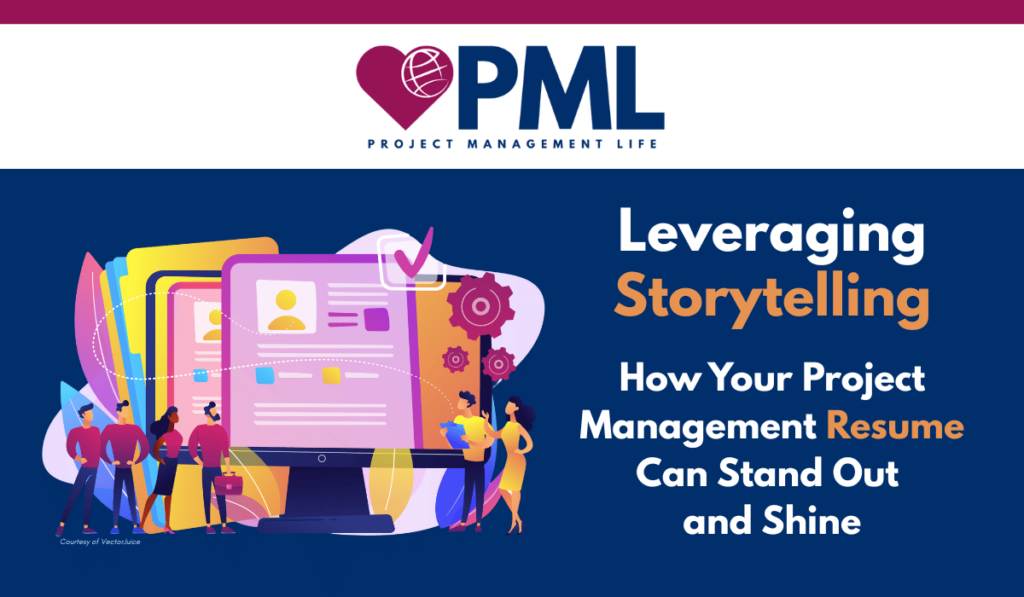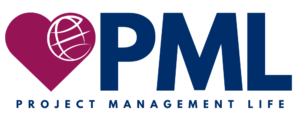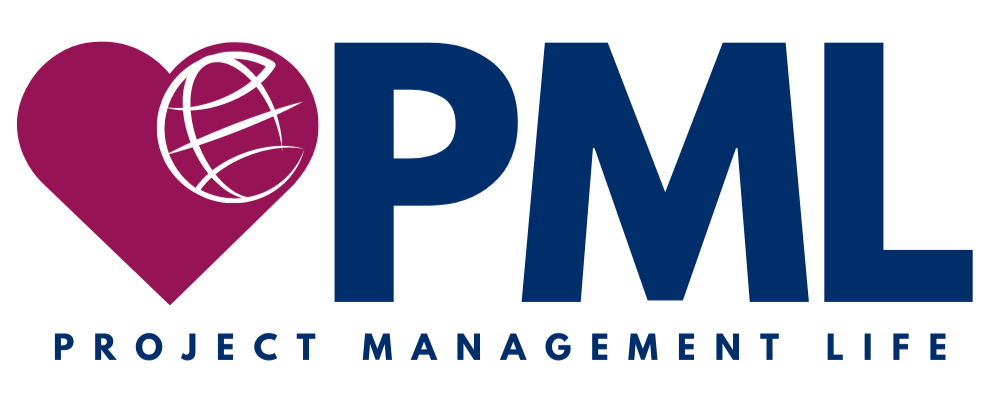
Leveraging Storytelling: How Your Project Management Resume Can Stand Out and Shine
A shortened version of this article was previously published in the weekly PML Community Newsletter. Sign up here.
Project management is one of the most exciting careers that is available across nearly every industry and offers limitless opportunities.
But how can you compete in an ever-growing competitive space?
You can do this by leveraging the art of storytelling the next time you’re building your resume to set yourself apart from your competition.
When developing your project management resume, you need to think about how to showcase who you are, what your personal brand is, and what unique skills and experiences you bring to the table.
Self-assessing your resume
When was the last time you self-assessed your resume? Does your resume read like a project status report?
Approximately 90% of project management resumes are a near “carbon copy” of each other with the same bulleted lists that highlight activities completed within each position. While this provides a decent view of your background and experience, it doesn’t highlight your value.
Resumes that take it a step further and apply storytelling to the same information allow your reader to visualize the value you bring and want to learn more about you.
What is storytelling?
Storytelling is the art of using words to create an experience for the reader’s imagination. It evokes emotion. As humans, we love a good story. In fact, we crave it and it makes us feel connected to others.
Have you ever read a really good book where the author did a great job of describing the main character and you immediately connected with the storyline? In fact, you probably couldn’t stop turning the pages because you wanted to learn more about what happens next.
Well, in this case, you’re both the author and the main character in your resume story.
It’s up to you to bring your character to life to entice the reader (the resume reviewer) to want to learn more about you and to call you in for an interview.
Like any good story, you need a character (you), a conflict or challenge (your projects and initiatives), and a resolution (the outcome and the value). Your goal should be for the person reviewing the resume to say “We need to bring this candidate in to learn more about how they did that.”
How to apply storytelling to your resume
Use storytelling to showcase the value you bring to set yourself apart from the many other resumes on the pile.
Leverage this simple formula to add storytelling to each section of your resume:
Leading Word + Accomplishment + Value
Start with a great leading word, describe what you accomplished (or a challenge you overcame), and then describe the value of that accomplishment.
Leading Words
Some examples of great leading words to consider include:
- Accelerated
- Achieved
- Aligned
- Built
- Championed
- Created
- Cultivated
- Defined
- and more…
Want the full list of 38 Great Resume Leading Words? Download the free list here.
What You Accomplished
Create a comprehensive list of your accomplishments that you’re most proud. You’ll want to explore how you can highlight these in your resume.
Your list could be the completed projects that had a significant impact, professional programs and certifications you completed, relevant course work, extracurricular activities and leadership positions you’ve held, etc.
It’s important to know that your list of accomplishments will be completely unique to you. No one else will have had the same set of experiences and achievements that you had. This is important to understand as you look to set yourself apart from the competition.
Describe Your Value
The storytelling in your resume needs describe your value. You can do this by sharing the work you did made a difference.
How did you solve the problem?
How did you help your team or client succeed?
A strong project management resume should clearly communicate:
- What unique value you bring to the role and the organization
- How you lead and collaborate with key stakeholders and why teams love working with you.
- What results you’ve been able to successfully drive and what you can bring in this new role that other candidates can’t offer.
- How your strengths make an impact.
Use this part of the formula to describe how you were able to achieve each identified accomplishment. This is where the storytelling really matters. Be as descriptive here as possible to paint the picture of the “what” and “how”. Don’t just list the tasks you completed. Describe how you personally helped to make a difference.
Example 1:
Typical example without storytelling: Collected project and process data and presented it to key stakeholders.
Great example with storytelling: Aligned and positioned our data collection with the organization’s key metrics and KPIs, and clearly demonstrated how our project implementation directly transformed the overall satisfaction of our customers leading to 15% increased revenue per client and greater customer retention.
Example 2:
Typical example without storytelling: Developed a governance model for this program.
Great example with storytelling: Championed the development and implementation of a new governance model and department leadership structure that included the consolidation of several programs which resulted in improved advocacy efforts for fundraising, elevated the promotion of the overall brand, and supported greater decision-making.
Feel the difference? By leveraging the art of storytelling, you allow your accomplishments to instantly catch the attention of the reviewer.
The next time you’re building your resume, select the projects and accomplishments that you’re most proud of, and then, bring each of those situations to life by describing the value. When you start writing these out, don’t worry about the length initially or the amount of detail that you add. You can continue to clean this up and refine the content throughout your editing process. Just start by telling the story around each accomplishment and its importance. Remember, this is not the time to be modest and downplay your achievements. This is the time to find your inner author and show the reader why you are the perfect candidate for the job.
Whether you’re a seasoned project manager or just starting out in your career, consider leveraging this simple formula and the art of storytelling the next time you’re updating your resume so that you stand out and shine.
Be the hero in your resume story.
Your possibilities are limitless, and it’s time to get you noticed.

Who is Project Management Life (PML)?
Project Management Life (PML) is a team of passionate volunteer project managers who believe in the power of this incredible profession and provide our knowledge, guidance, and support to our colleagues.
We know that project managers are often the unsung heroes that drive innovation and progress, and bring calm to what might otherwise be chaos. We are the leaders behind the scenes that work tirelessly, and deserve to be celebrated for our incredible efforts in making the world a better place.
We founded PML on the idea that we can inspire each other with stories of success and valuable lessons learned, empower each other with career advice and resources to thrive both personally and professionally, and support each other to achieve a fulfilling work-life balance by focusing on our health and well-being.
By living our best life, we bring our best selves to our projects, our teams, and the world.
We truly believe that project managers change the world.
Join the PML Tribe Community
The PML Tribe Community is a growing online community of project managers supporting our fellow project managers. Whether you’re a new or experienced project manager, this is a place where we can connect, learn, celebrate, and support one another.
Membership is free, and you get access to a weekly, members-only newsletter that is jam-packed with exclusive and curated content about project management, career growth and personal branding, health and well-being, personal self-improvement, professional development, work-life balance, and more. We are also launching an invite-only community forum, an exclusive clothing brand just for us called PML Tribal Gear, various PML podcasts, health and wellness classes, and so much more.
Join us today, and don’t miss out!
Share this Blog Post:
Check out some of PML’s other recent blog posts!
- “Great Communicator” is Written on Your Resume – But Does the Hiring Manager Reviewing it Agree?
- Fun Ways to Sneak Exercise into Your Busy Day: Let’s Get Moving, Project Managers!
- The Power of Focus: How Project Managers Get More Done in Less Time and Avoid Burnout
- Leveraging Storytelling: How Your Project Management Resume Can Stand Out and Shine
- Salary Negotiation for Project Managers: How to Not Leave Money on the Table
- Developing a Great Meeting Agenda: A Project Manager’s Essential Tool for Leading Effective Meeting Discussions
- From Chaos to Calm: How Project Managers Can Manage Stress (and Avoid Burnout)
- How to Manage a Project: A Step-by-Step Guide to Leading a Project from Start to Finish
- Smart Snacking: Healthy Snack Options for Busy Project Managers On-the-Move
- Breaking into Project Management: How to Find Your First, Entry-Level Project Manager Role
- The Secrets to a Strong Project Kick-Off Meeting: How to Effectively Launch Your Next Project















